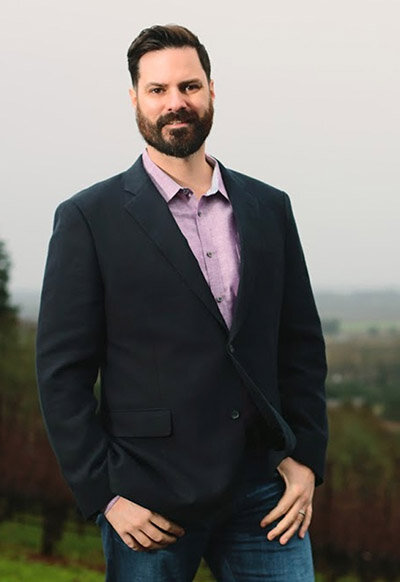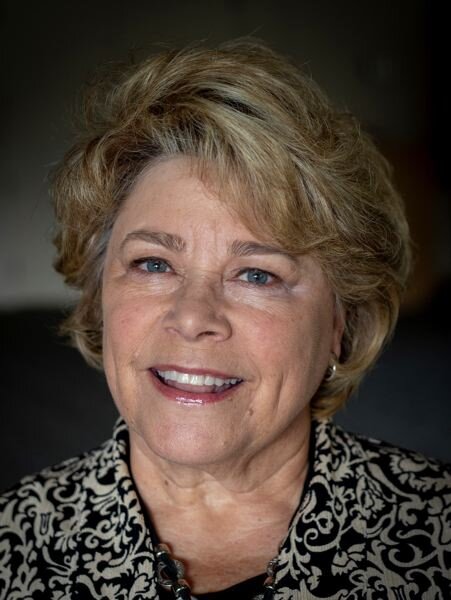In the pursuit of intentional dialogue, the WAIC team developed, discussed, debated, and approved a questionnaire for Wilsonville’s Mayoral and City Council candidates (see below). The questions were provided to all candidates on September 30th. We requested a return date of October 9, so that we can post on this website during the week of October 12th.
WAIC will not be making endorsements.
Our goal is to raise awareness of Wilsonville’s greatest diversity, equity, and inclusion gaps, and how we together might solve them. We hope you are excited, let we are, to see the responses!
Mayor candidates:
Ben West
Julie Fitzgerald
City Council candidates (pick 2):
John Budiao
Joann Linville
Imran Haider
Kristen Akervall
Police Oversight
As part of the national drive to eradicate unequal outcomes in policing by race or ethnicity, Wilsonville community members have been working with the government and police to develop a civilian oversight body. The work of this body could be to track and analyze key policing metrics, along with individual incidents of concern, and report to the City Council.
This call for oversight is not new. In 2018, an OIR Group audit of police practice recommended increased engagement in civilian oversight of police to ensure equal racial outcomes.
1. Do you support a civilian policing oversight committee in Wilsonville?
If yes, please describe areas where you think oversight would be warranted and explain how such a committee would interact with Wilsonville’s existing contract for police services with Clackamas County.
If no, please explain what, if anything, you would do to address unequal outcomes in policing by race or ethnicity and the 2018 OIR Group recommendation.
Housing
Major needs in Wilsonville exist for people who are looking for shelter immediately. As of last spring, there were 44 students in the school district experiencing homelessness and only 8 beds to immediately serve people -- of any age -- in all of Clackamas County (none of which exist in Wilsonville). COVID-19’s impact on this existing need could be catastrophic.
Combine the fact that only 9% of Wilsonville is middle income, with housing prices rising 40% in the last four years, and homeownership is a fleeting dream for many. Because homeownership is central to American culture, a complex system of government and private market factors make it the key to wealth building. Not surprisingly, household wealth in America has a historic and systemic 12:1 gap between white and Black families.
2. Do you support establishing a space in Wilsonville to meet the immediate need for shelter with people experiencing homelessness? Please explain.
3. We know that it will be popular to support greater homeownership, but how will you ensure that your approach to housing reaches those most in need and addresses the historic and systemic race-based wealth gap?
Transportation
Wilsonville’s SMART is nationally recognized as one of the top small city transit systems in America. Although we are fortunate locally, we lack the robust regional connections to alleviate the cost, safety, and environmental burdens on people who are most in need.
4. Do you support continued and furthered investments in SMART to grow this service and enhance regional connections? Please answer and explain.
Broadband/Internet Access
If COVID-19’s change to a greater emphasis on work and school from home has taught us anything, it is that access to affordable high-speed internet (broadband) service is an essential utility. Limited programs exist through the federal and state government for lower-income families, and there’s a major gap between these programs and affording the lowest cost market-rate broadband.
If Wilsonville is going to help reduce the K-12 achievement gap between racial and ethnic groups and income levels, we must take action to secure that affordable broadband is in every home.







